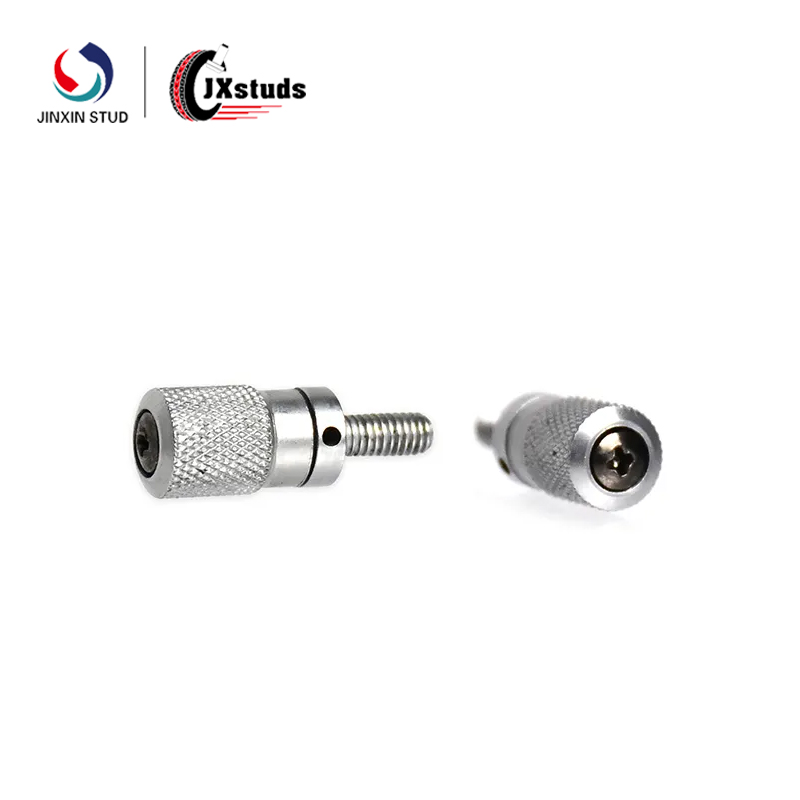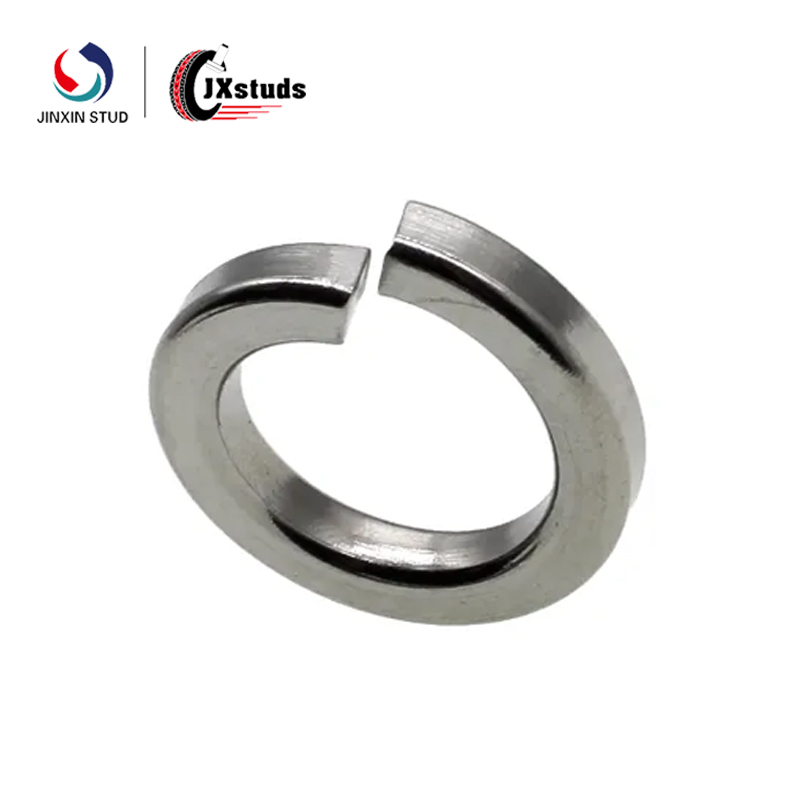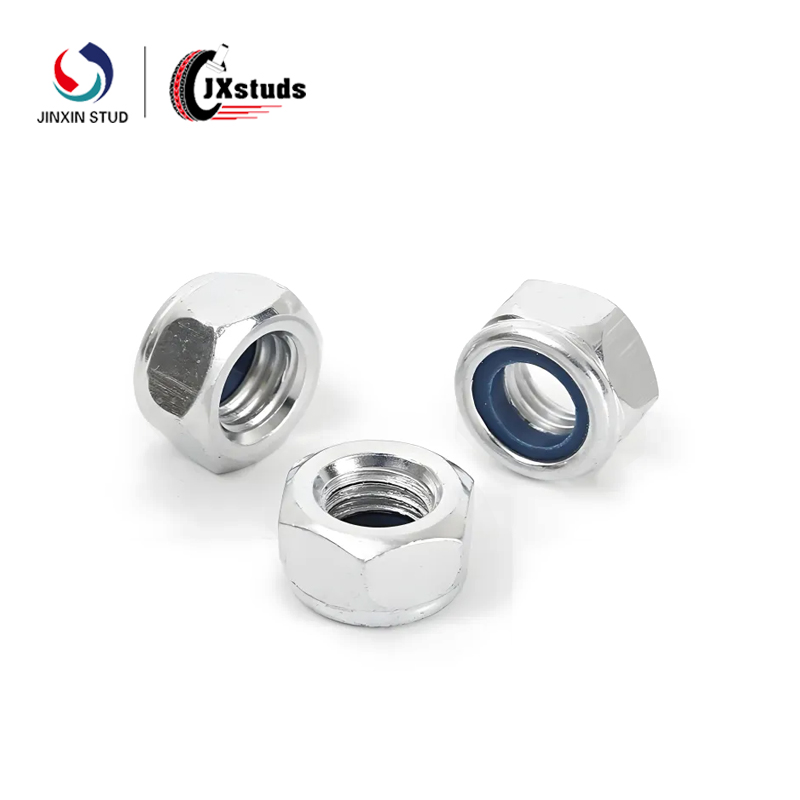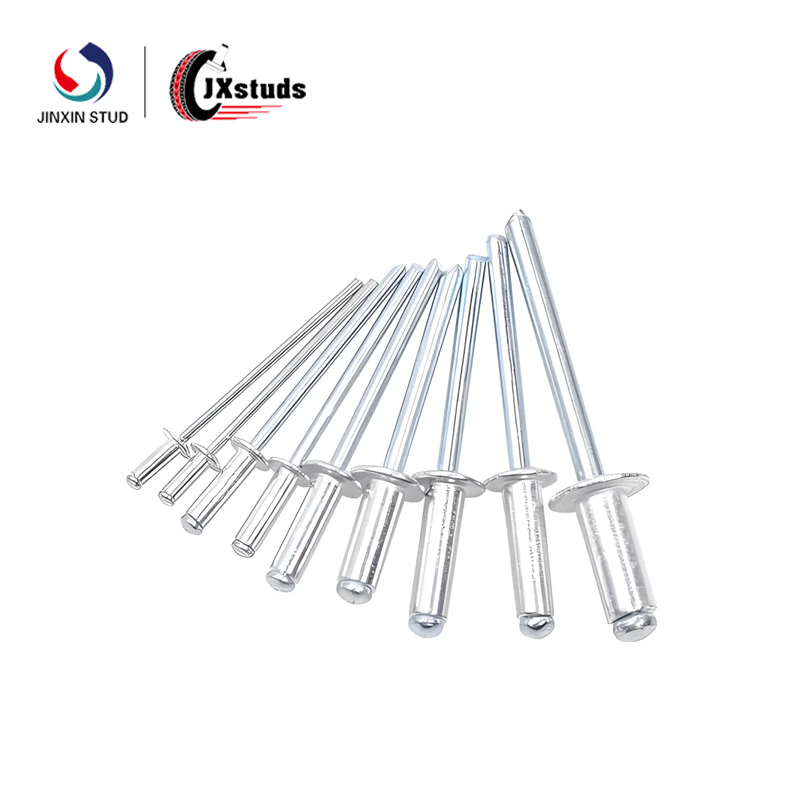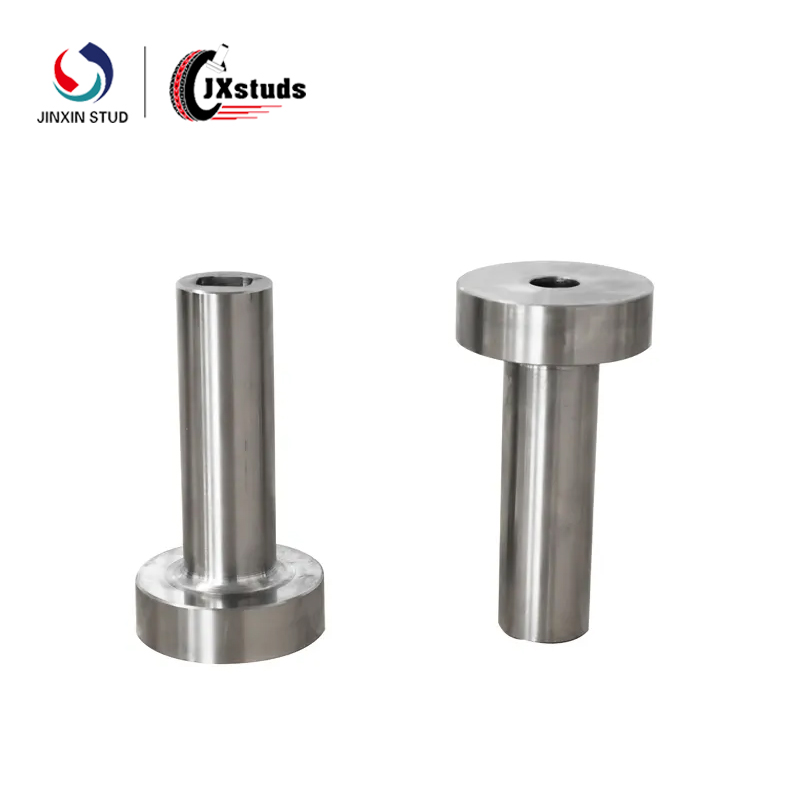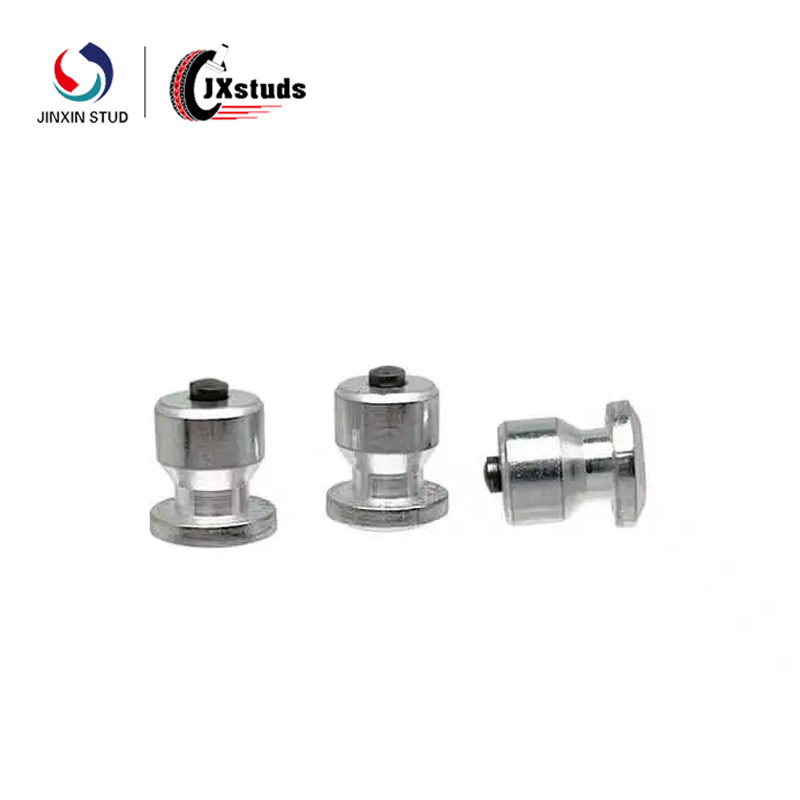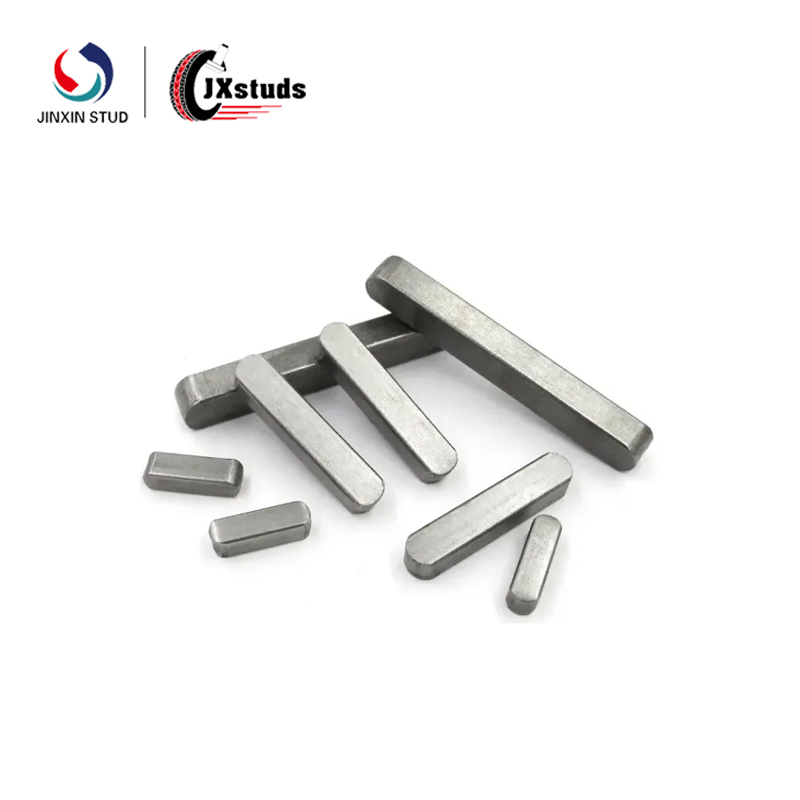Fasteners are not exactly nails. Fasteners are two or more parts (or components) tightly connected to become a whole when used in a class of mechanical parts of the general term. Its function is to play a role in connection, fixed, sealed, etc., its application range is very wide, almost involving all industrial areas, including construction, machinery manufacturing, automotive, aerospace and many other industries.
Nails belong to a type of fastener. A nail is a rod-shaped fastening part with a pointed tip that is generally connected by driving the body of the nail into an object. For example, in the field of carpentry, carpentry nails hold boards together to build furniture frames or wooden structural parts of buildings.
Other common types of fasteners
A bolt is a cylindrical fastener with external threads, which is usually used in conjunction with a nut. The nut has internal threads that match those of the bolt. By rotating the nut, an axial clamping force is generated between the bolt and the nut, thus tightly connecting two or more parts together.

Screws are similar to bolts, also with threads, but it is usually screwed directly into the connected parts, without the need for nuts (of course, there are some special circumstances). It has a variety of head shapes, such as slotted, cross, hexagonal, etc., to adapt to different screwdrivers or wrench tools. For example, in the shell assembly of electronic products, the use of small-size screws to fix the various parts of the shell together, this connection is more compact and neat appearance.
A rivet is a fastener that joins two or more parts by deforming itself. It usually consists of a nail head and a nail stem. When installing, the rivet is inserted into the hole of the part to be connected, and then the nail stem is deformed by mechanical or hydraulic means to form a new nail head, thus fixing the parts together.

In aircraft manufacturing, many aluminum alloy structural parts are connected with rivets, because rivet connections can provide good sealing and fatigue resistance, which are very important for ensuring the safety and integrity of aircraft structures.



